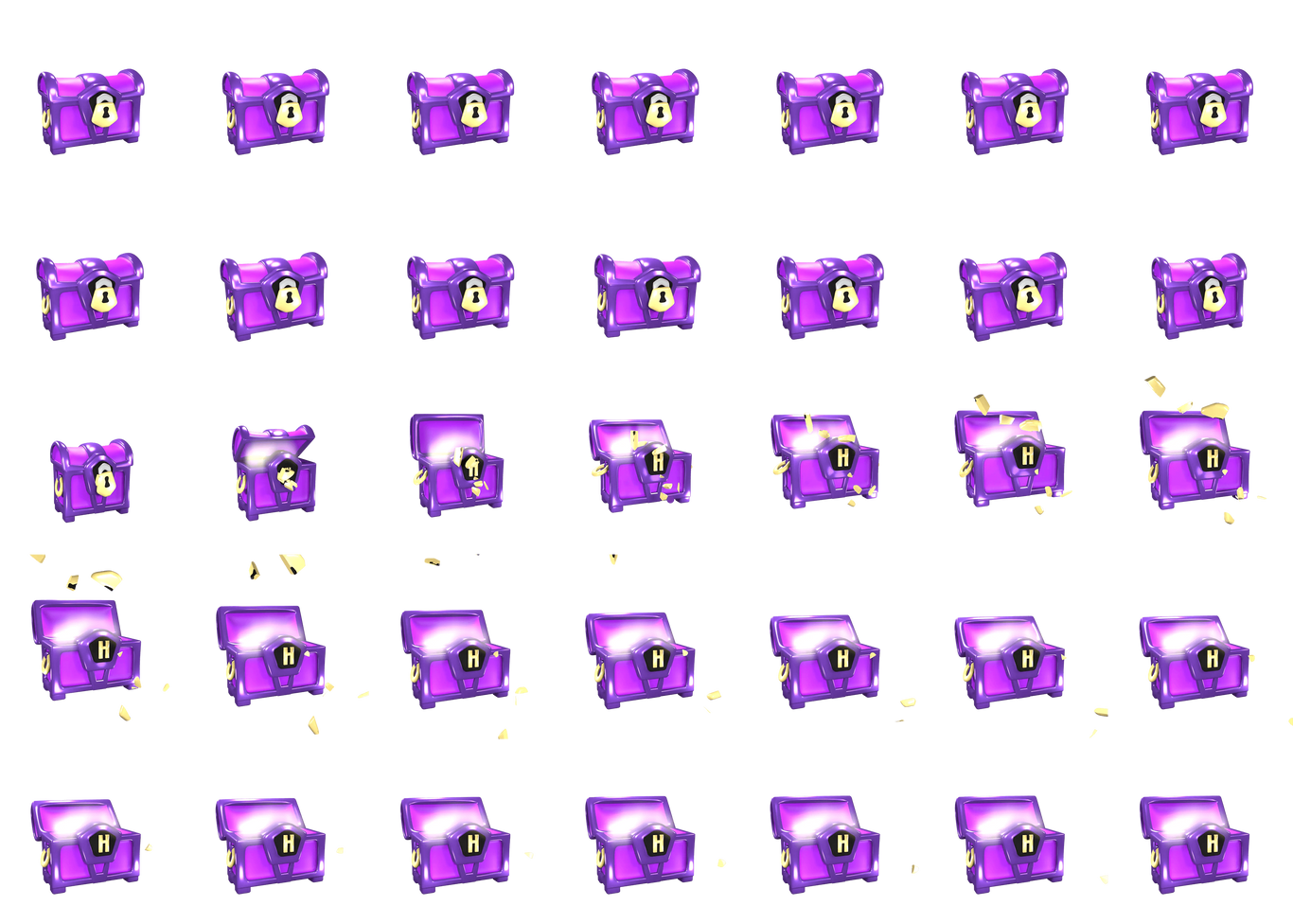6th grade Q3
A net in geometry is like a flat pattern that you can fold up to make a solid figure. It's made up of flat shapes that are connected along the edges. When you fold the edges up, they form the sides of a shape like a cube or a pyramid.
Using a net helps you see how the sides of a solid figure fit together. It's especially handy for figuring out the surface area of the shape because you can see all the sides laid out flat.
Cube
To identify the net of a cube, imagine unfolding a box. A cube has six square faces. When you lay them flat, they form a cross shape. Each square connects to another square along its edges. You can fold this net back into a cube.
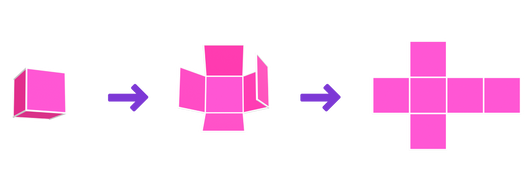
Prism
A prism has two identical bases and rectangles connecting them. If you unfold it, you will see two identical shapes and several rectangles. The number of rectangles depends on the shape of the bases. So, if the bases are triangles, there will be three rectangles connecting them.
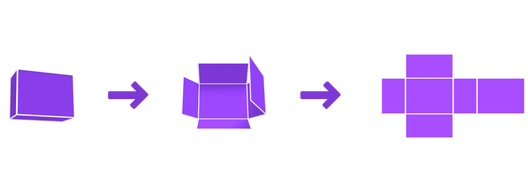
Pyramid
A pyramid has a base and triangular sides. Imagine a pyramid like a tent with a flat bottom. When you unfold it, you will see one shape for the base and several triangles. The number of triangles matches the number of sides on the base.
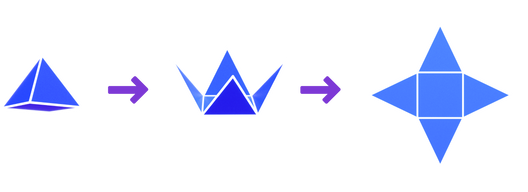
Cylinder
A cylinder is like a can. It has two circles and a rectangle. When you unfold it, the circles are the top and bottom, and the rectangle wraps around them. The rectangle's width is the same as the circle's circumference.
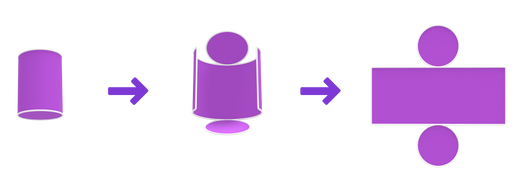
Cone
For a cone, think of an ice cream cone. It has a circle and a curved triangle. When you unfold it, you see a circle and a sector of a circle (like a slice of pizza). The sector wraps around to form the cone.
Sphere
A sphere is like a ball. It doesn't have a flat net because it's round. If you try to flatten it, it won't form a perfect shape. Imagine peeling an orange; the pieces don't lie flat without gaps or overlaps.
